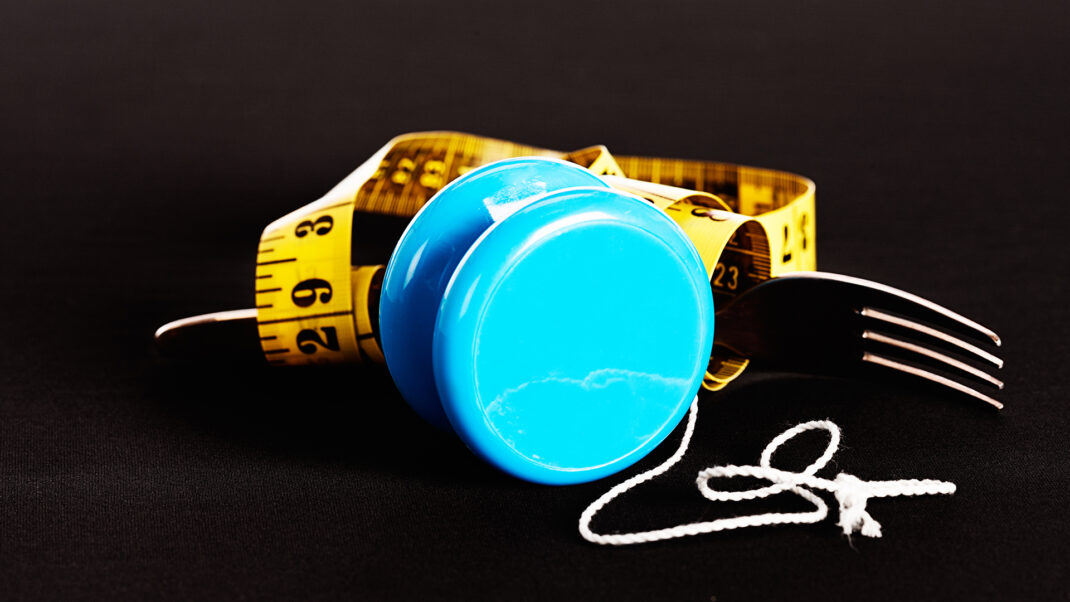Cholesterol and Exercise, Client Handout
Client Handout
o you have–or want to avoid–high cholesterol? Last year, when the National Institutes of Health (NIH) issued new criteria for categorizing cholesterol levels as healthy or unhealthy, many more Americans suddenly found themselves in the high-cholesterol category. The good news is that exercise can help. Fitness experts Chantal A. Vella, MS, and Len Kravitz, PhD, of the University of New Mexico at Albuquerque and Jeffrey M. Janot, PhD, of South Dakota State University provide the lowdown on exercise’s effect on cholesterol levels. What Is Cholesterol and What Does It Do? Cholesterol is a waxy, fat-like substance found in all animal products, including meat, dairy and eggs. In addition to absorbing cholesterol from the diet, the body makes cholesterol in the liver. Cholesterol is essential for building cell membranes, producing sex hormones and forming bile acids, necessary for digesting fats. However, when cholesterol levels in the blood are too high, some of the excess ends up in the artery walls, increasing the risk of heart disease.
D
C h o l e s t e ro l
Cholesterol and Exercise
What Is the Difference Between LDL and HDL Cholesterol? Cholesterol travels through the blood as part of
larger particles called lipoproteins. These are classified according to the thickness of the protein shell that surrounds the cholesterol. The main movers of cholesterol are low-density lipoproteins (LDL), responsible for depositing the excess cholesterol in artery walls. High-density lipoproteins (HDL) move cholesterol from
the blood and artery walls to the liver, where the cholesterol is converted to bile for digestion or disposal. This “reverse cholesterol transport process” is believed to help both prevent and reverse heart disease. When LDL cholesterol levels get too high or HDL cholesterol levels get too low (see chart), cholesterol builds up in the blood, forming deposits that clog the arteries. How Does Exercise Affect Cholesterol? Cardiovascular exercise can help raise HDL levels. Exactly how is unclear, but researchers have found that regular physical activity improves cholesterol metabolism. Apparently, exercise is partly responsible for increasing the production of enzymes that enhance the reverse transportation of cholesterol to the liver (Durstine & Haskell, 1994, Exercise and Sports Science Reviews, 22). How Intense Does the Exercise Have to Be? The answer is different for men and women, partly because female hormones influence HDL cholesterol levels. To improve HDL cholesterol, men need to exercise at a moderate intensity (70%80% of maximum heart rate), women at a low to moderate intensity (60%-80% of heart rate maximum). Both men and women need to burn at least 1,000 calories per week. (If you have not exercised for a long time, begin with 10 to 20 minutes of cardiovascular exercise per session and build up to 30 to 60 minutes. Try to work up to exercising at least 3, preferably 5, times a week.)
What Can Be Done to Lower LDL Cholesterol?
Measuring Cholesterol Levels
LDL Cholesterol (in milligrams/deciliter, or mg/dl)
< 100 100-129 130-159 160-189 HDL Cholesterol (mg/dl) optimal near or above optimal borderline high high low desirable optimal desirable borderline high high Adhering to a healthy diet is the best way to improve LDL cholesterol levels. According to NIH guidelines, people with high LDL cholesterol should (1) reduce their intake of saturated fats, (2) consume fewer than 200 milligrams of cholesterol per day, (3) consume 5 to 10 grams (g) of soluble fiber per day, (4) consider consuming about 2 g of plant sterols per day and (5) consider eating about 25 g of soy protein per day. The NIH guidelines also recommend losing weight and exercising more. < 35 35-59 60 Total Cholesterol (mg/dl) This handout is a service of IDEA, the leading international membership association in the health and fitness industry. courtesy of copy and distribute to your clients < 200 200-239 240 Adapted from the American Medical Association. 2001. Journal of the American Medical Association, 285 (19), 2486-97.





